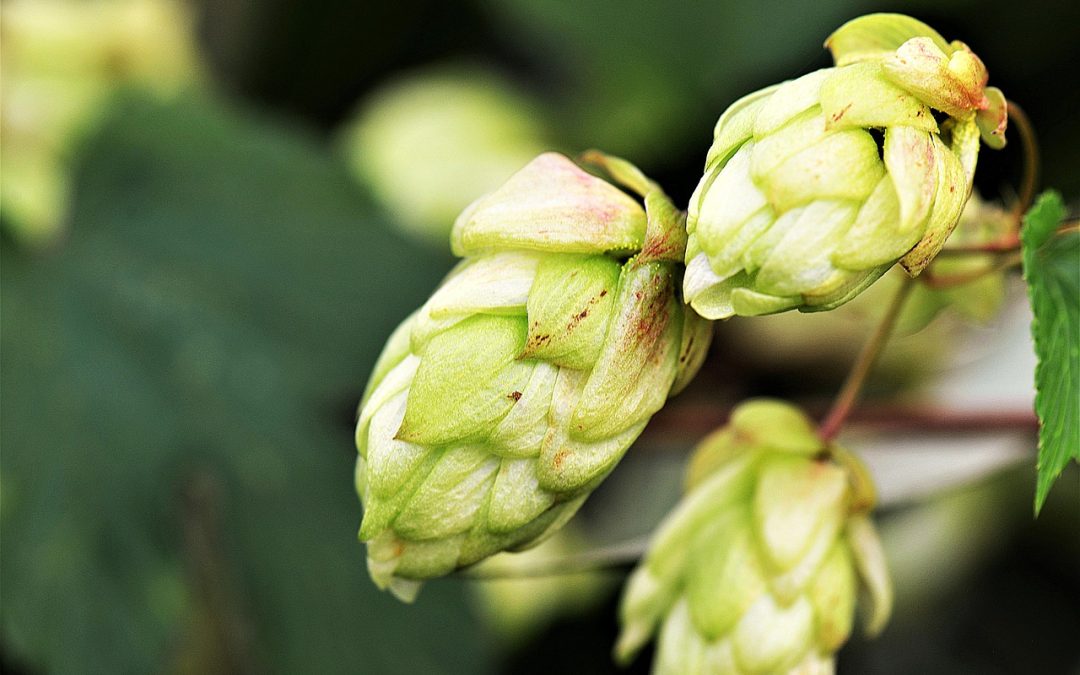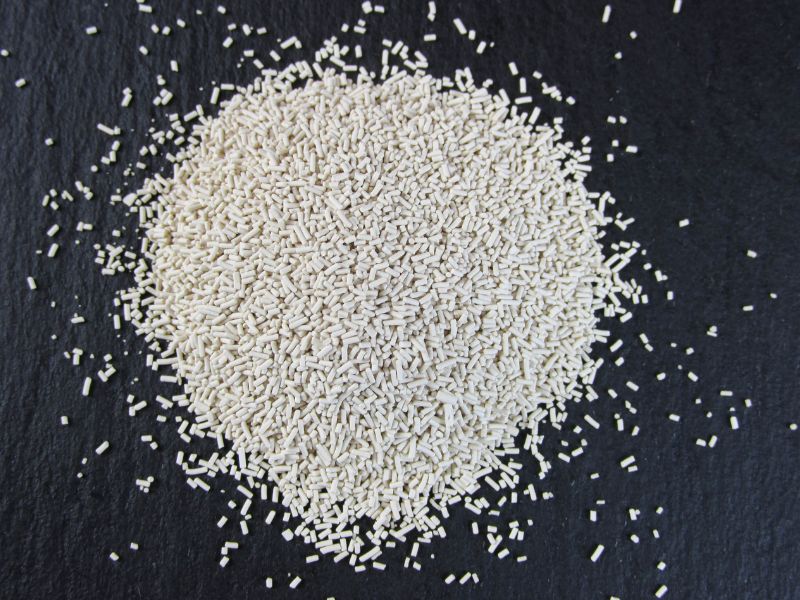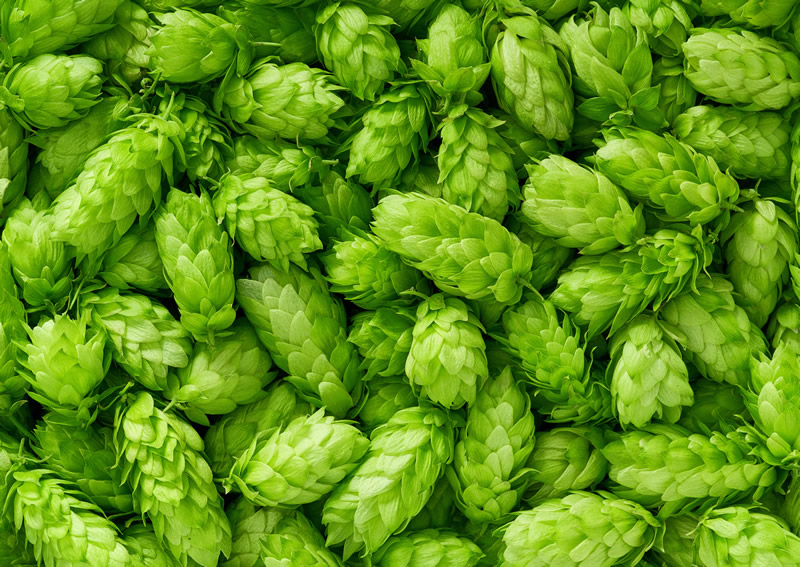Are you a passionate homebrewer hoping to develop your skills and produce a truly exceptional beer? You don’t need to search any further! We’ll take you on a hop-filled journey through the world of hop varietals and how they’re used in homebrewing in this post. Whether you’re a novice or a seasoned brewer, understanding the different hop varieties and how to use them can elevate your brews to new heights. From the bold and citrusy to the floral and earthy, we’ll guide you through the hop maze and help you select the perfect hops to achieve your desired flavors and aromas. Get ready to take your homebrewing experience to the next level with our comprehensive guide to hop varieties and usage.
What are Hops?
Definition of hops
Hops are the flowers of the hop plant, scientifically known as Humulus lupulus. They are a key ingredient in beer brewing and contribute to the flavor, aroma, and bitterness of the final product. Hops contain essential oils, resins, and acids that give beer its characteristic hoppy taste and aroma. They also act as a natural preservative, helping to inhibit the growth of harmful bacteria and stabilize the beer.
Importance of hops in brewing
Hops play a crucial role in the brewing process, providing balance to the sweetness of the malt and adding complexity to the beer’s flavor profile. They act as a natural bittering agent, counteracting the sweetness of the malt sugars and giving the beer its characteristic bitterness. In addition to bitterness, hops also contribute to the beer’s aroma and flavor. Different hop varieties can impart a wide range of flavors and aromas, including citrus, pine, floral, herbal, and spice notes. The choice of hops can greatly impact the overall character and style of the beer.
Basic characteristics and flavors of hops
Hops vary widely in their characteristics, flavors, and aromas. Some hops are known for their high alpha acid content, which contributes to bitterness, while others are prized for their aromatic qualities. Hop flavors can range from citrusy and fruity to earthy and herbal. The intensity and complexity of these flavors can vary depending on factors such as hop variety, growing conditions, and brewing techniques. Some common hop flavors include grapefruit, orange, lemon, pine, resin, floral, grassy, spice, and earthy notes. It’s important for brewers to understand the flavor profiles of different hop varieties in order to create the desired taste in their beers.
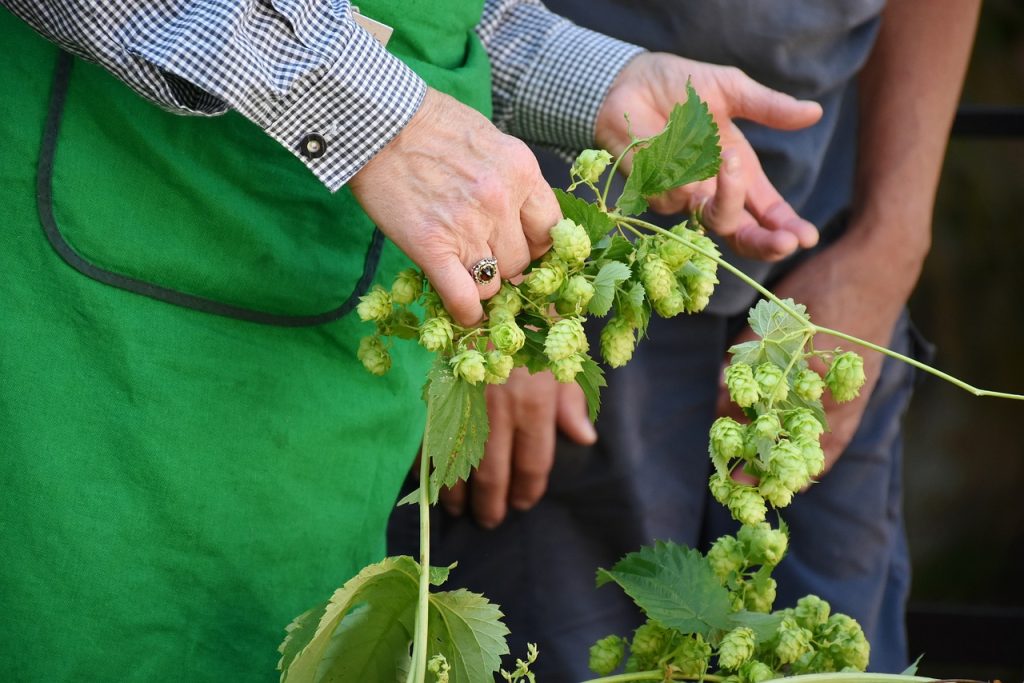
Popular Hop Varieties
Cascade
Cascade hops are one of the most popular hop varieties among brewers. They were developed in the United States and have become synonymous with American craft beer. Cascade hops are known for their distinctive citrusy and floral aroma, with notes of grapefruit, orange, and spice. They have a moderate alpha acid content, making them suitable for both bittering and flavor/aroma additions. Cascade hops are versatile and commonly used in a wide range of beer styles, including American Pale Ales, IPAs, and Amber Ales.
Centennial
Centennial hops are another popular American hop variety, known for their versatility and balanced flavor profile. They have a moderate alpha acid content and contribute a pleasant bitterness to beers. Centennial hops also provide a mix of citrus, floral, and herbal aromas, with notes of lemon, floral bouquet, and pine. They are commonly used in American IPAs, Pale Ales, and Wheat beers, adding both bitterness and aroma to the brew.
Chinook
Chinook hops are prized for their high alpha acid content, making them excellent for bittering. They have a strong and distinct aroma, characterized by pine, spice, and grapefruit notes. Chinook hops are often used in hop-forward beers such as IPAs and Double IPAs, where their bold flavors can shine. They can contribute a resinous and dank quality to the beer, adding depth and complexity to the flavor profile.
Citra
Citra hops have gained popularity in recent years for their intense citrusy and tropical fruit flavors. They are known for their vibrant aromas, which can include grapefruit, orange, mango, passion fruit, and lychee. Citra hops have a moderate alpha acid content, making them suitable for both bittering and flavor/aroma additions. They are commonly used in hop-forward beers, particularly in American IPAs and Pale Ales, where their tropical fruit flavors can take center stage.
Simcoe
Simcoe hops are prized for their unique aroma, which is often described as a combination of pine, citrus, and passion fruit. They have a high alpha acid content, making them well-suited for bittering, but they also contribute notable flavor and aroma characteristics. Simcoe hops are widely used in American-style IPAs, where they can provide a resinous and complex hop profile. When used in dry hopping, they can lend a distinctive dank and piney aroma to the beer.
Amarillo
Amarillo hops are known for their intense and complex aroma profile. They provide a mix of citrus, tropical fruit, and floral notes, with hints of orange, grapefruit, melon, and apricot. Amarillo hops have a moderate alpha acid content and can be used for both bittering and flavor/aroma contributions. They are commonly used in American-style IPAs and Pale Ales, where they add a bright and fruity hop character.
Mosaic
Mosaic hops are highly prized for their unique and complex flavor and aroma profile. They exhibit a range of fruity, tropical, and floral characteristics, including notes of blueberry, mango, stone fruit, and citrus. Mosaic hops have a moderate alpha acid content and are often used for both bittering and flavor/aroma additions. They are commonly used in American IPAs, where their vibrant and complex hop profile can create a juicy and tropical flavor experience.
Hallertau
Hallertau hops are one of the traditional Noble hop varieties, originating from Germany. They have a mild aroma and a delicate, floral and herbal character. Hallertau hops are often used in traditional German and European beer styles, such as Pilsners, Lagers, and Wheat beers, contributing a subtle and balanced hop flavor.
Saaz
Saaz hops are another classic Noble hop variety, originating from the Czech Republic. They are known for their spicy and earthy aroma, with notes of herbal and floral characteristics. Saaz hops have a relatively low alpha acid content and are typically used for flavor and aroma additions, particularly in European lagers and Pilsners. They contribute a subtle and refined hop profile, adding a touch of spice and complexity to the beer.
Fuggle
Fuggle hops are an English hop variety with a long history. They have a moderate alpha acid content and are often used for both bittering and flavoring. Fuggle hops provide a classic English hop aroma, characterized by earthy, woody, and floral notes. They are commonly used in English-style ales, including Bitters, Porters, and Stouts, where they can add a traditional and comforting hop character.
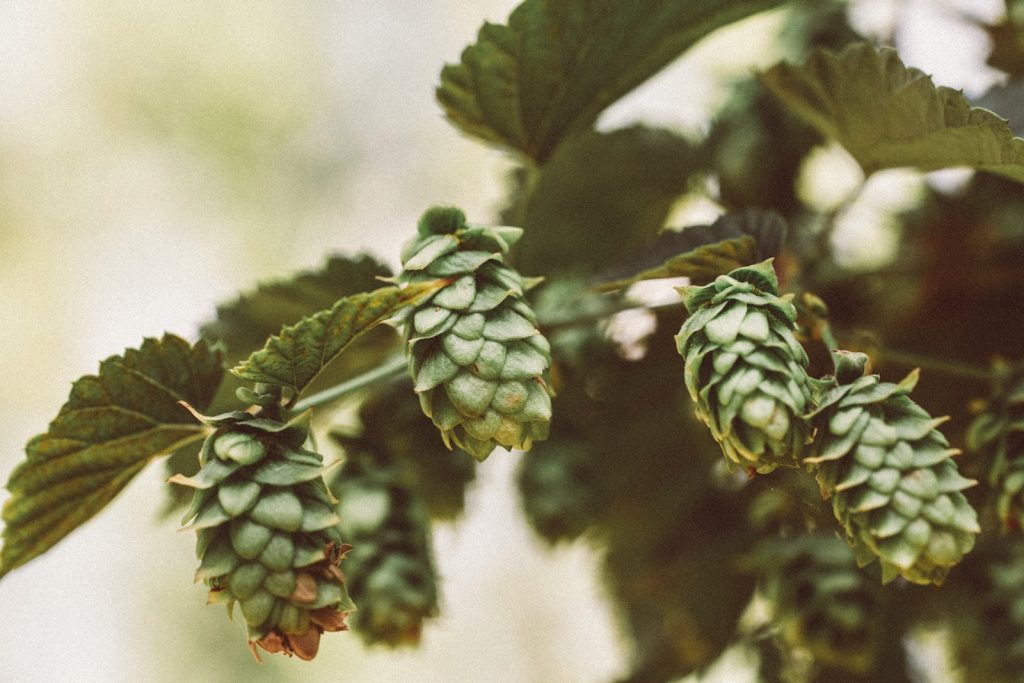
Factors to Consider When Choosing Hops
Bitterness
Bitterness is an important factor to consider when selecting hops for brewing. The bitterness in beer comes from the alpha acids present in hops. The higher the alpha acid content, the more bitter the beer will be. Different beer styles have varying levels of bitterness, so it’s crucial to choose hops that align with the desired bitterness for a specific style.
Flavor
Flavor is another crucial aspect to consider when choosing hops. Different hop varieties can contribute a wide range of flavors to beer, including citrus, tropical fruit, pine, floral, spice, and earthy notes. The flavor profile of the hops should complement the overall style and balance of the beer, enhancing its complexity and enjoyable taste.
Aroma
Aroma is an essential characteristic of hops that greatly impacts the sensory experience of beer. Certain hop varieties are prized for their aromatic qualities, providing enticing and memorable smells. When selecting hops for aroma, it’s important to consider the specific aromas desired in the final beer and choose hops that will deliver those aromatic characteristics.
Alpha Acid Content
The alpha acid content of hops determines their bitterness potential. Higher alpha acid hops are often used for bittering, while lower alpha acid hops are typically used for flavor and aroma. The alpha acid content can vary widely between hop varieties, so it’s important to choose hops that align with the desired bitterness level for a specific beer style.
Oil Content
Hop oils are responsible for much of the flavor and aroma characteristics in beer. Different hops have varying oil contents, which can greatly influence the sensory profile of the beer. Higher oil content hops tend to have more pronounced flavors and aromas, so it’s essential to consider the oil content when selecting hops for brewing.
Storage Stability
The storage stability of hops is an important consideration, as hops can lose their desired characteristics over time. Factors such as temperature, exposure to light and oxygen, and moisture levels can affect hop degradation. It is crucial to store hops properly to maintain their freshness and ensure their optimal use in brewing.
Bittering Hops vs. Flavor/Aroma Hops
Difference between bittering and flavor/aroma hops
Bittering hops and flavor/aroma hops serve different purposes in the brewing process. Bittering hops are added to the boil early in the brewing process to extract alpha acids, which contribute bitterness to the beer. These hops are typically high in alpha acid content and are boiled for a longer period of time to maximize bitterness extraction.
On the other hand, flavor/aroma hops are added later in the brewing process, typically towards the end of the boil or during dry hopping. These hops are lower in alpha acid content and are used to impart flavors and aromas to the beer. They contribute to the overall taste and aroma profile of the beer and are often chosen for their specific flavor characteristics.
Best bittering hops for different beer styles
The choice of bittering hops depends on the desired bitterness level of the beer and the specific beer style. Some popular bittering hops include Magnum, Warrior, Columbus, and Nugget. These hops have high alpha acid content and provide a clean, bitter taste to the beer. They are commonly used in hop-forward styles, such as IPAs and Double IPAs, where a strong and assertive bitterness is desired.
Selecting flavor/aroma hops for desired characteristics
When selecting flavor/aroma hops, it’s important to consider the desired flavor and aroma characteristics for the specific beer style. Different hop varieties offer unique and distinct flavors and aromas. For example, if a brewer wants to create a citrusy and tropical IPA, they may choose hops like Citra, Amarillo, and Simcoe. For a more floral and herbal profile, hops like Cascade, Centennial, and Hallertau may be preferred. Overall, the selection of flavor/aroma hops should align with the desired taste and aroma profile of the beer being brewed.
Hop Utilization Techniques
Boil Additions
Boil additions are the most common method of utilizing hops in brewing. Hops are typically added to the boiling wort at various times during the boil, which extracts bitterness, flavors, and aromas from the hops. The timing of the additions can greatly impact the final characteristics of the beer. Early boil additions contribute to bitterness, while late boil additions are used for flavor and aroma.
Dry Hopping
Dry hopping is a technique used to enhance the aroma and flavors of beer. It involves adding hops directly to the fermenter during or after primary fermentation, allowing the hops to steep in the beer without heat. Dry hopping can add vibrant and intense hop aromas to the beer, with minimal bitterness. This technique is commonly used in hop-forward beer styles, such as IPAs, where a strong hop aroma is desired.
Whirlpool Hopping
Whirlpool hopping is a technique where hops are added to the whirlpool phase of the brewing process. After boiling, the wort is transferred to a whirlpool vessel or whirlpooling is created in the kettle. Hops are then added during this whirlpool phase, allowing them to steep and infuse the wort with flavor and aroma. Whirlpool hopping can contribute to a smoother bitterness and enhance hop flavors and aromas in the finished beer.
Hopback
A hopback is a device used to infuse wort with hop flavors and aromas during the brewing process. It is typically placed between the boil kettle and the heat exchanger, allowing hot wort to flow through the hopback. Hops are placed in the hopback vessel, and as the hot wort passes through, it extracts flavors and aromas from the hops. This technique can contribute to intense hop flavors and aromas in the beer.
Hop Tea
Hop tea is a method of extracting hop flavors and aromas by steeping hops in hot water. This technique is often used for testing or evaluating different hop varieties or creating hop extracts for brewing. The hops are added to hot water, similar to brewing tea, and allowed to steep for a certain period of time. The resulting liquid can be used to evaluate the hop’s aroma and flavor characteristics before incorporating it into the brewing process.
Hop Extracts
Hop extracts are concentrated forms of hop bitterness, flavors, and aromas that can be used in brewing. They are typically made by extracting the desired components from hop pellets or hop flowers using solvents or supercritical CO2. Hop extracts are highly concentrated and can provide precise control over the bitterness and hop character in beer. They are often used by commercial brewers for consistency and ease of use.
Hop Scheduling and Combinations
Early, Middle, and Late Hop Additions
Hop additions can be divided into different stages during the brewing process, depending on the desired outcome. Early hop additions, added at the beginning of the boil, are primarily for bitterness extraction. Middle hop additions added midway through the boil, contribute to both bitterness and flavor. Late hop additions, added towards the end of the boil or during whirlpooling, are used mainly for aroma and flavor enhancement.
Single Hop vs. Blend
Brewers have the option of using a single-hop variety or combining multiple-hop varieties in a blend to achieve the desired flavor and aroma profile. Using a single hop allows brewers to showcase the unique characteristics of that particular hop, giving the beer a distinct and focused hop profile. On the other hand, hop blends can add complexity and depth to the beer, combining different hop flavors and aromas to create a more balanced and nuanced experience.
Dry Hopping Techniques
Dry hopping techniques can vary depending on the desired outcome and the brewing process. Some brewers prefer a single dry hop addition during the fermentation phase, while others may opt for multiple dry hop additions at different stages. The timing and duration of dry hopping, as well as the amount of hops used, can greatly impact the final hop character of the beer. Cold crashing and hop bag usage are also common techniques to enhance dry hopping efficiency and minimize sediment in the final product.
Calculating Hop Bitterness
Understanding IBUs (International Bitterness Units)
IBUs, or International Bitterness Units, are used to measure the bitterness in beer. It represents the concentration of bitter compounds, primarily alpha acids, in the beer. The higher the IBU, the more bitter the beer will taste. IBUs can be used as a guide to approximate the perceived bitterness of a beer, although other factors such as malt sweetness and hop flavor can influence the actual perception of bitterness.
Mathematical methods for calculating bitterness
Bitterness can be calculated using various mathematical formulas that take into account the alpha acid percentage of the hops used, the amount of hops added, and the boil time. The most commonly used formula is the Tinseth equation, which calculates the bitterness based on alpha acid utilization during the boil. Other formulas, such as the Rager formula, can also be used to estimate bitterness. Online calculators and brewing software are available to simplify the calculation process and provide accurate IBU values.
Tools and online calculators for hop bitterness
Various tools and online calculators are available to help brewers calculate hop bitterness and estimate IBU values. These tools typically require inputs such as hop variety, alpha acid percentage, hop quantity, and boil time. They apply mathematical formulas to calculate the bitterness and provide a numerical value for the IBU. Brewing software, smartphone apps, and online calculators offer convenient ways for brewers to determine and adjust hop bitterness to achieve the desired taste in their beers.
Storing and Preserving Hops
Proper storage techniques
Proper storage is essential to preserve the freshness and quality of hops. Hops should be stored in a cool, dark, and dry environment to minimize degradation. Ideally, they should be stored in vacuum-sealed or oxygen barrier packages to protect against oxidation. If hops are purchased in bulk, they can be divided into smaller portions and stored in airtight containers such as resealable bags. It’s important to keep hops away from moisture, light, and heat, as they can accelerate degradation.
Factors that can affect hop degradation
Several factors can contribute to hop degradation over time. Exposure to oxygen and moisture can lead to oxidation and the breakdown of hop compounds, resulting in a loss of flavor and aroma. Exposure to light, particularly UV light, can also cause the degradation of hop compounds. Elevated temperatures can accelerate the breakdown of hop acids and oils, leading to a loss of bitterness and hop character. It’s crucial to minimize these factors to maintain the quality and freshness of hops.
Extending hop freshness and shelf life
To extend the freshness and shelf life of hops, it’s important to follow proper storage techniques and minimize factors that contribute to degradation. Vacuum-sealing or using oxygen barrier packaging can help protect hops from oxidation. Storing hops in a refrigerator or freezer can slow down degradation, although it’s crucial to keep them properly sealed to prevent moisture condensation. Using fresh hops within their recommended shelf life, typically within 6 months to 1 year, can ensure the best flavor and aroma results in brewing.
Experimental and New Hop Varieties
Emerging hop varieties
The world of hop breeding and cultivation constantly produces new and experimental hop varieties. These emerging varieties offer unique flavors and aromas that can captivate brewers and beer enthusiasts. Some experimental hops may have exotic flavors like tropical fruit, stone fruit, berries, or distinctive spice notes. These new hop varieties often undergo extensive evaluation and testing before they are commercially available to brewers.
Unique flavors and aromas
New hop varieties can bring exciting and distinct flavors and aromas to beer. The introduction of new hop varieties has expanded the possibilities for brewers to create innovative and adventurous beer styles. These hops can contribute flavors and aromas that were previously unseen in the brewing world, pushing the boundaries of what beer can taste and smell like.
Availability and sourcing
Availability of new hop varieties can vary depending on their popularity and production volumes. Some experimental hops may have limited availability and may only be accessible to commercial brewers or through specialized hop suppliers. As these hops gain recognition and demand, their availability may increase. Homebrewers can often find a wide selection of hop varieties through online retailers, local homebrew shops, or hop farms that offer direct sales to consumers. It’s important to research and explore different sourcing options to find the desired hop varieties for brewing.
By the end of this journey through the aromatic world of hops, you’ll have a deeper understanding of how each variety can transform your homebrewed beer. Armed with this knowledge, you can experiment and fine-tune your recipes, creating brews that reflect your personal taste and creativity. So, don’t be afraid to mix things up and try something new. With the right hops, your next batch could be your best yet. Cheers to your brewing success and the delicious beers to come!
© 2024 by Brew Info Reserved all rights. This document cannot be copied or communicated in any way withoutBrew Info’s prior written consent, whether it be electronically, mechanically, through photocopying, recording, or another medium.

